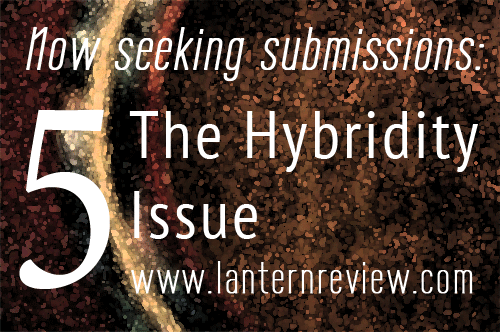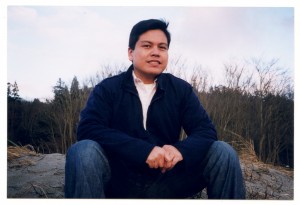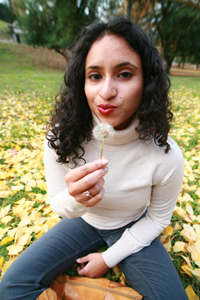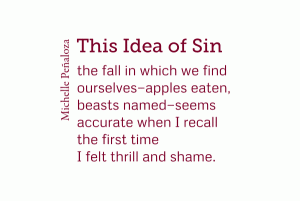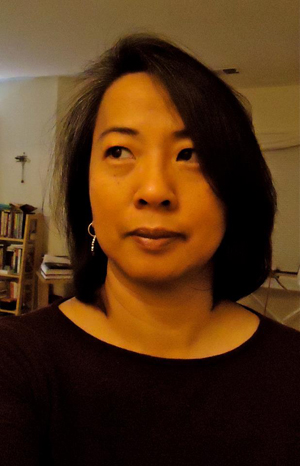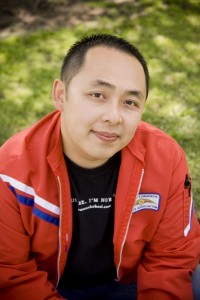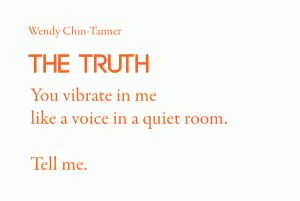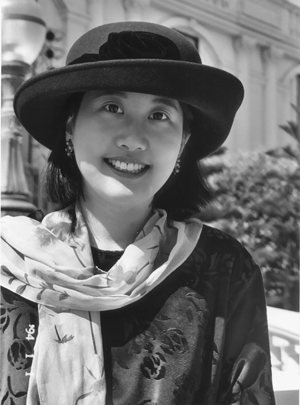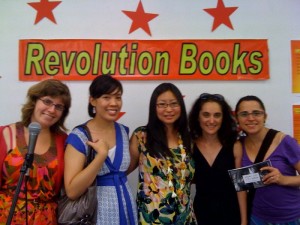
Margaret Rhee is the author of the chapbooks Yellow (Tinfish Press, 2011) and University Dreams (Forthcoming 2012). She is the managing editor of Mixed Blood, a literary journal centered on race and innovative poetics edited by C.S. Giscombe. In April, she curated the literary reading, “Body Maps: A Digital/Real Asian American Feminist Poetics” for the Asian American Women Artists Association. As a new media artist, she works on feminist participatory digital storytelling supporting issues of HIV/AIDS awareness for women incarcerated in the San Francisco Jail. Currently, she is a doctoral candidate in Ethnic Studies and New Media Studies at UC Berkeley. She is a Kundiman fellow.
It begins with a drive. The road up to Santa Cruz from Berkeley is a winding one. Largely known as one of the most dangerous highways in the state, Highway 17 wraps around the Santa Cruz Mountains with sharp pretzel turns and dense traffic on weekday afternoons. It’s my first trip to Santa Cruz. And I am driving a big, used silver Volvo station wagon, one bought just a few weeks before. My dear friend and colleague Kate Darling is in the passenger seat helping with Mapquest directions. We finally arrive safely at our destination, the first ever Science Studies creative writing workshop, organized by Martha Kenney and held at the University of Santa Cruz.
Soon after arriving at the workshop space, we found ourselves having lunch with much admired feminist scholar Donna Harraway. It was beyond lovely. Kate and I shared about our drive up. Donna joked that people in Santa Cruz often say that the road keeps those they don’t want out of Santa Cruz! In between bites of salad I laughed, not only because this was funny, but because it was probably true. I laughed out of relief as well, not believing we actually made it up that long winding road.
Our assignment prior to the workshop was to write a creative piece inspired by our scholarship. I was thrilled by the possibility of combining, intersecting, and interweaving theoretical questions I had with poetry/poetic form. At lunch I wondered what the feedback process would be like for the cross-genre works written for the prompt.
I’m a doctoral candidate in Ethnic Studies and New Media Studies at the University of California, Berkeley, and my interests includes the intersections of science, technology, and race. But I’m also a poet and new media artist with similar concerns. I like intersections, interventions, and mutations.
Continue reading “Process Profile: Margaret Rhee Discusses “Materials””
